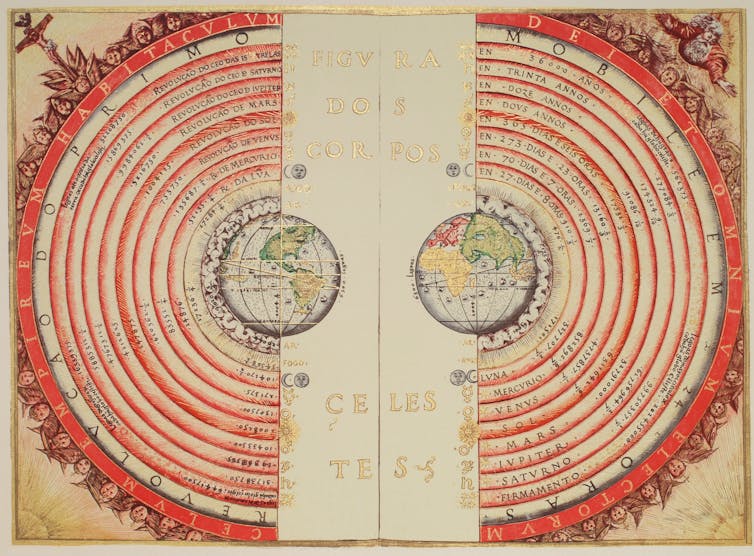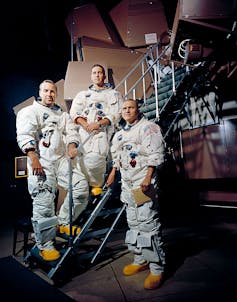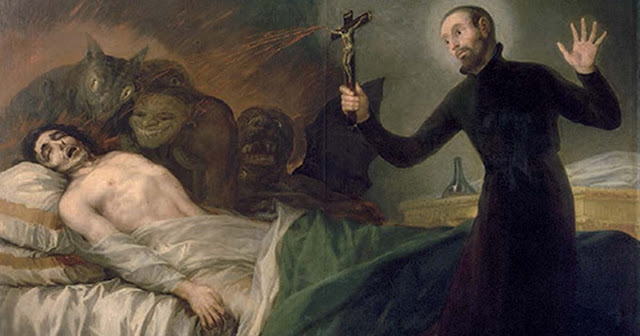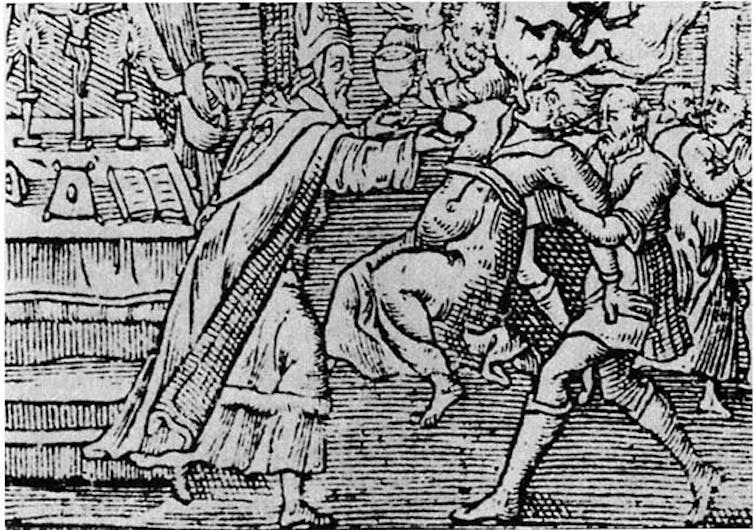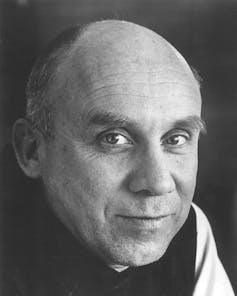 |
| New biography on Mary Tyler Moore |
In 1980, Moore surprised many critics and fans by turning away from comedy and challenging herself with a stark dramatic role in the Robert Redford-directed drama, Ordinary People. For her performance, she won a Golden Globe Award and was nominated for an Oscar. Moore also won an Emmy for another dramatic turn, in the 1993 TV movie Stolen Babies.
However, of greater importance than the awards Moore received are the two iconic characters she played on television, which have had a lasting impression on millions of people.
The Mary Tyler Moore Show, premiering in September 1970, made Moore a symbol and role model for the Women's Movement. Her portrayal of an independent working single woman challenged traditional female roles in television.
The Mary Tyler Moore Show, premiering in September 1970, made Moore a symbol and role model for the Women's Movement. Her portrayal of an independent working single woman challenged traditional female roles in television.
Former First Lady Michelle Obama said about the character, "She wasn't married; she wasn't looking to get married; at no point did the series end in a happy ending with her finding a husband – which seemed to be the course you had to take as a woman."A decade before, Moore's role as Laura Petrie in The Dick Van Dyke Show confronted conventional wives and moms as seen on television with the warm chemistry between her and Van Dyke.
Moore said, "We brought romance to [TV] comedy, and, yes, Rob and Laura had sex!"While celebrating Moore's life and career, noted author Herbie J Pilota explores in great depth Moore's personal and professional struggles. Pilato narrates the many TV and film productions, stage plays, and personal appearances that spanned the actresses 50-plus-year-career, but equally delineates as never before Moore's issues with childhood sexual abuse; alcoholism; diabetes; cosmetic surgery; and her near-obsessive fight for animal rights. Also examined in candid detail are Moore's troubled personal relationships with parents and spouses, as well as the tragic deaths of her son, her brother, and sister; and difficulties with a few of her co-stars, such as Rose Marie (from The Dick Van Dyke Show).
In covering the gamut of Moore's personal and professional life, Pilato's new biography features exclusive interviews with many of the actress's co-stars, including Ed Asner, Gavin MacLeod, Larry Matthews, and the late Carol Channing, plus recollections from several writer/producers who worked on many of Moore's television productions. Among these is television journalist and breast-cancer survivor Betty Rollin, whom Moore portrayed in the groundbreaking 1978 TV biopic, First You Cry.
Despite the many personal challenges throughout her life, MARY: THE MARY TYLER MOORE STORY documents how the multiple award-winning actress achieved a level of stardom and lasting admiration experienced by few – a fitting reminder of how Moore's Mary Richards could "turn the world on with her smile."
SOURCE: Jacobs/Brown Press


